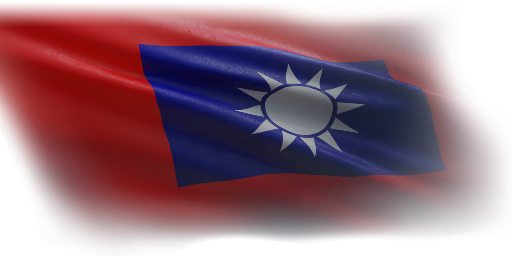
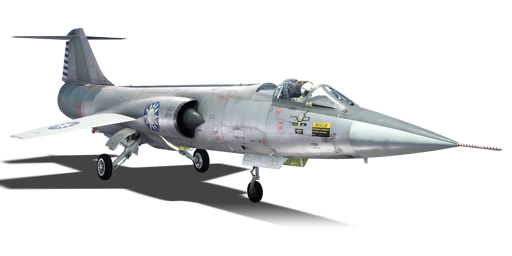



The F-104G (China), commonly known as the "星式戰鬥機" (literal translation of "Starfighter") or by its notorious nicknames "寡婦製造機" (Widowmaker) and "飛行棺材" (Flying Coffin) derived from the Luftwaffe, was a later variant of the F-104 that was acquired by the ROCAF through Project Alishan (阿里山計劃) as a replacement for the earlier fleet of subsonics and F-100s during the intense conflicts across the strait in the 1960s. The first F-104Gs arrived in the ROCAF in 1963 through the Alishan No.2 program, with a series of new jets provided by Lockheed and Canadair. Later on, additional F-104Gs from the Luftwaffe and the Danish Air Force were also delivered to the ROCAF as supplementary jets. This particular variant of the Starfighter was the only one in the ROCAF to engage in aerial combat with the PLAAF in 1967, with sources suggesting different outcomes. 4353/64-17779 was confirmed as the only F-104G lost in combat. Some F-104Gs were later converted into reconnaissance variants, known as the TF-104G, and were used for reconnaissance missions along the coastline of Mainland China. Despite becoming extremely outdated by the 1990s, these jets continued to participate in the most intense Combat Air Patrol (CAP) missions around Taiwan Island, in preparation for the potential outbreak of war. After the introduction of the F-CK-1, Mirage 2000-5Ei, and the F-16 Block 20 in ROCAF service, the Starfighters were decommissioned and some are now scattered across the islands as monuments or exhibits.
Introduced in Update "Starfighters", the multi-role F-104G model, originally developed for export to Germany, represents a significant advancement compared to the preceding ROCAF F-104A. It features a more powerful engine and an improved range of suspended ordnance. This Taiwanese example differs from the original F-104G by having access to the AIM-9J Sidewinder air-to-air missile and the AGM-12B Bullpup air-to-ground missile, making it one of the most formidable Starfighters.
flaps
flaps
flaps
brake
| Belt | Belt filling | Armor penetration (mm) at a distance: | |||||
|---|---|---|---|---|---|---|---|
| 10 m | 100 m | 500 m | 1000 m | 1500 m | 2000 m | ||
| HEF-I/API-T/AP-I | 40 | 36 | 22 | 12 | 6 | 3 | |
| HEF-I/HEF-I/API-T/HEF-I/HEF-I/AP-I | 40 | 36 | 22 | 12 | 6 | 3 | |
| API-T/AP-I/AP-I/AP-I/HEF-I | 40 | 36 | 22 | 12 | 6 | 3 | |
| HEF-I/AP-I/AP-I | 40 | 36 | 22 | 12 | 6 | 3 | |
| Name | Weight | Slot | ||||||
|---|---|---|---|---|---|---|---|---|
| 76.4 kg |  |  | ||||||
| 72.6 kg |  |  |  |  | ||||
| 76.9 kg | 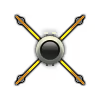 |  |  |  | ||||
| 7 × | 101.1 kg |  |  | |||||
| 259 kg | 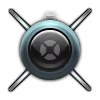 |  | ||||||
| 240.9 kg |  |  |  | |||||
| 362.4 kg |  |  |  | |||||
| 446.8 kg | 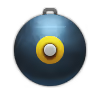 |  |  | |||||
| 254 kg | 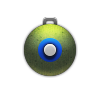 |  |  | |||||
| 401.4 kg |  |  |  | |||||












Flight performance |
|---|
Survivability |
|---|
Weaponry | |||
|---|---|---|---|